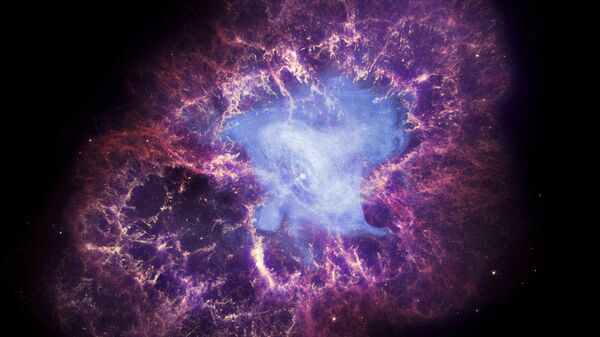Theoretical physicist Matt Caplan has predicted when the universe will come to its end - which turns out to be, contrary to most "end of the world" conspiracies, not very soon. In research titled "Black Dwarf Supernova in the Far Future", earlier teased in media and now published in the journal Monthly Notices of the Royal Astronomical Society, Caplan claimed the universe will end "over the next few trillion years".
“It will be a bit of a sad, lonely, cold place. It’s known as ‘heat death,’ where the universe will be mostly black holes and burned-out stars", Caplan said.
According to his research, after the formation of new stars has ceased, many white dwarfs may explode in supernovae in the distant future to become black dwarfs - cold stars that no longer shine.
“Stars less than about 10 times the mass of the sun do not have the gravity or density to produce iron in their cores the way massive stars do, so they can’t explode in a supernova right now,” Caplan asserted. “As white dwarfs cool down over the next few trillion years, they’ll grow dimmer, eventually freeze solid, and become ‘black dwarf’ stars that no longer shine.”

When these start to produce enough iron, it will trigger them to explode in supernovae, but, according to Caplan, it is "mindblowingly far in the future". He said that approximately 1% of existing stars will explode, those that are about 1.2 to 1.4 times the mass of our Sun, and the rest will remain as black dwarfs.
This, Caplan states, might be "the last interesting thing in the universe".
"They may be the last supernova ever. Galaxies will have dispersed, black holes will have evaporated, and the expansion of the universe will have pulled all remaining objects so far apart that none will ever see any of the others explode. It won’t even be physically possible for light to travel that far", he said.
He elaborated on the fate of our Sun, which, according to him, is not capable of exploding in the predicted scenario, and will apparently remain in the "dead" universe as a black dwarf.
“Even with very slow nuclear reactions, our Sun still doesn’t have enough mass to ever explode in a supernova, even in the far far future. You could turn the whole sun to iron and it still wouldn’t pop", Caplan said.



